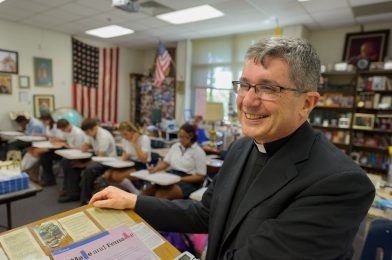The cry of focus groups when they review most educational recruiting pieces seems always to say they want natural-looking photos and not set up. The problem is not setting up pictures or trying to grab what you can to get a natural look; it is hiring the right photographer. Also, it is a team effort of the school to set up the situations by having students, teachers, and the correct problems with enough time for moments to become “REAL.”
Focus groups need the right questions.
After spending the last twenty-plus years as a photographer shooting pure photojournalism, where you capture what happens in front of the camera, to shooting for advertising pieces, where there are stylists arranging everything in a photo, my experience says most focus groups are asking the wrong questions.
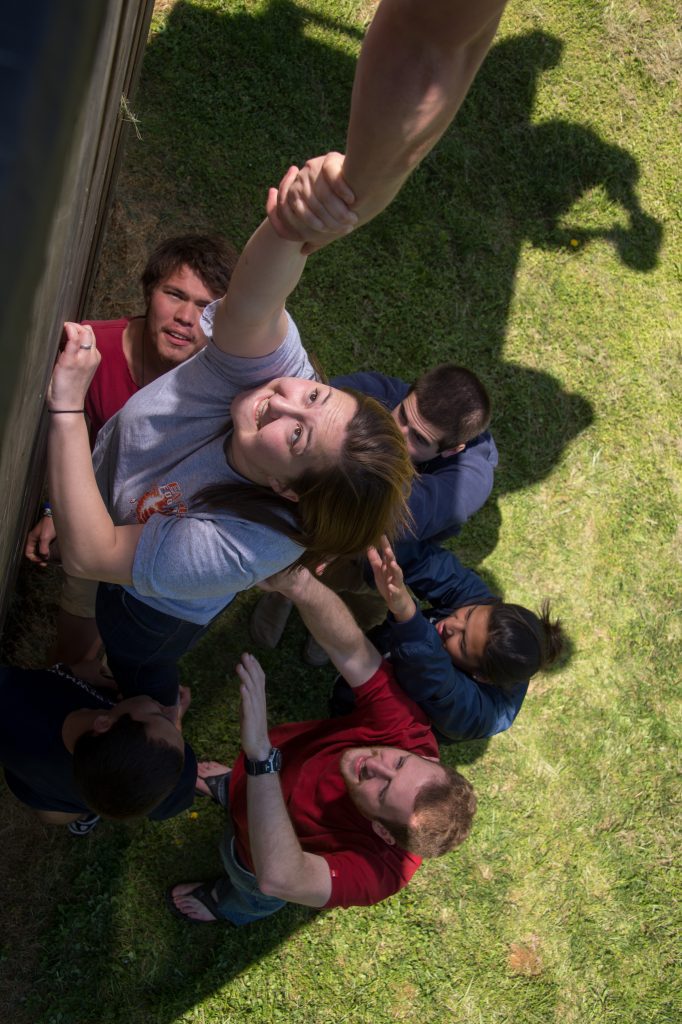
“Do you like the photo?” is not as good of a question to see if the photo was successful as a question like “What did you learn from the photo?” You can even have a picture again on a questionnaire from your recruiting materials and ask, “Does the photo help you see what a typical dorm room looks like?” You could ask, “What could improve the photo to show you a dorm room?”
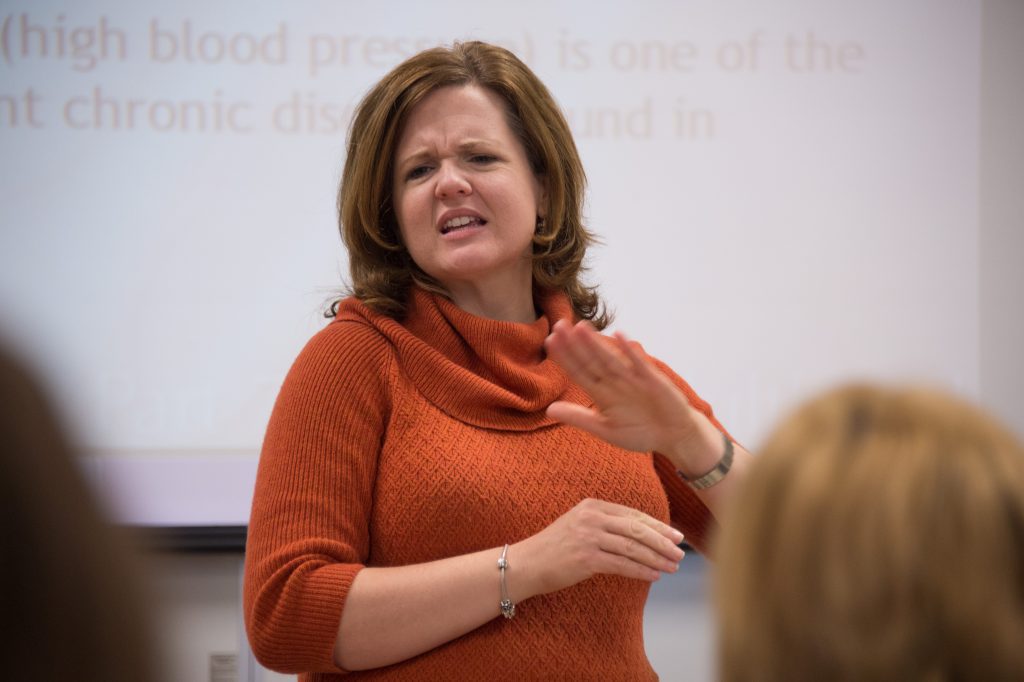
I have come to this place of evaluating photos because of my experience with indeed “real” photographs. I have spent many years shooting “photojournalism” for magazines, newspapers, and wire services. You do not change a thing in these photos, and you do everything you can to use composition, lens choices, lighting, and timing to communicate the mood and reality of a situation. Often a photojournalist’s photos are not “pretty” pictures.
Photographers will use their composition to create more conflict to add to the photo’s mood. Having a focus group evaluate war photos with the typical questions we ask, “Did you like the photos?” will give results that say the photographers were unsuccessful.
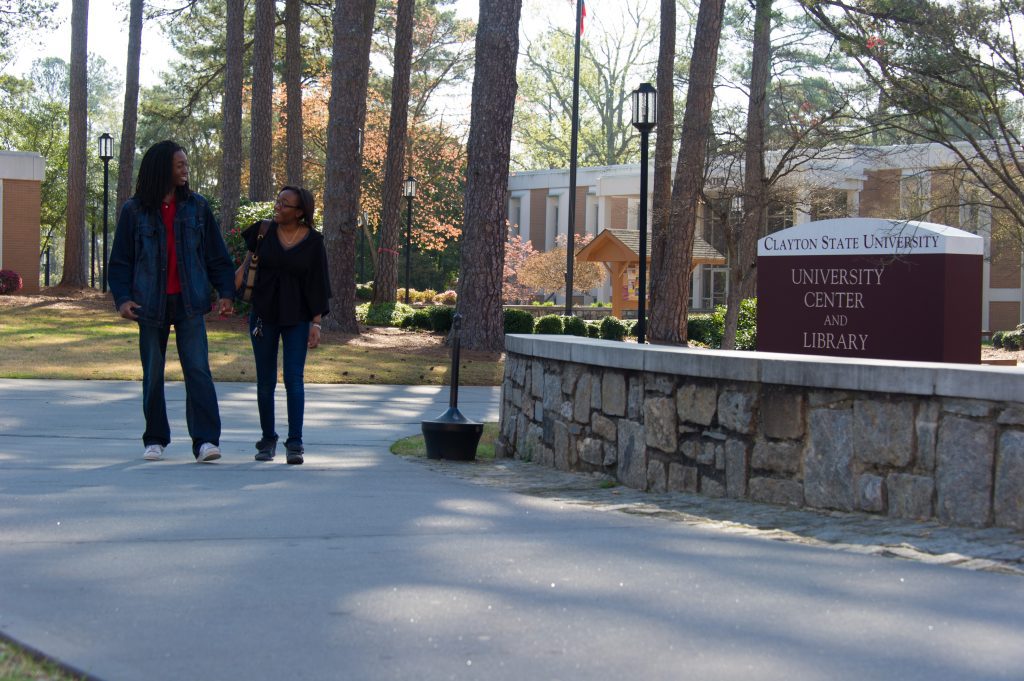
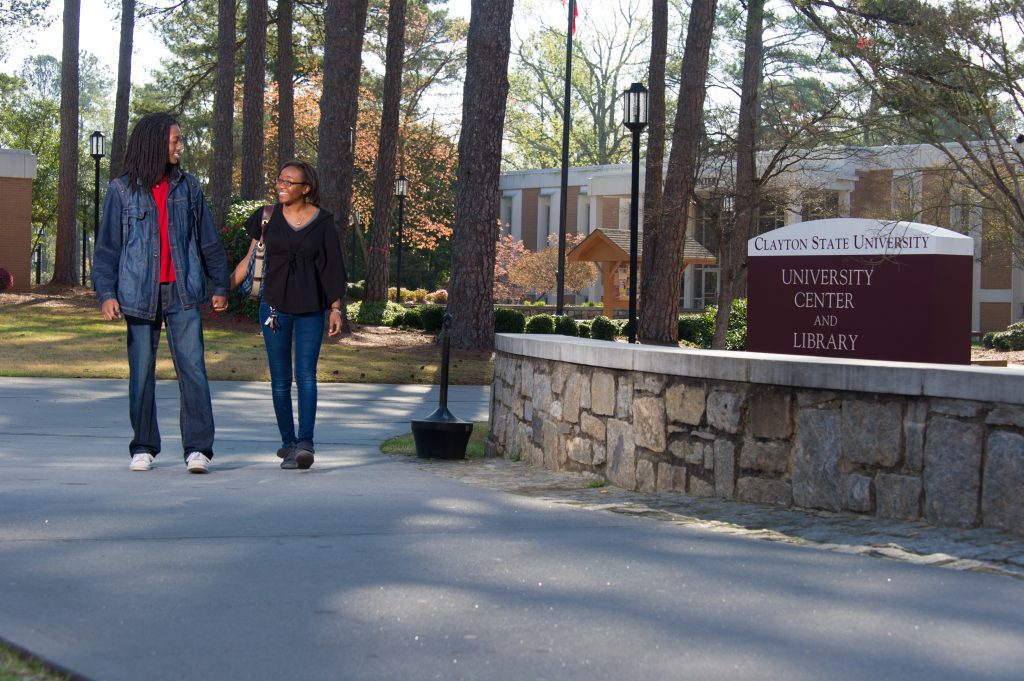
Make your photographic coverage strategic. How can you know the right moment to take a picture unless you have a relatively clear idea of what the subject means and what you are trying to accomplish? In addition, when you are interested in a topic, you want to learn more about it. So you dig below the surface values to the truth beneath. That way, you get to know it intimately and can photograph it understandingly.
Why are we taking this photo? Are we trying to show teacher to student ratio? Are we trying to show what is in your dorm rooms? Are we trying to show the diversity and how well everyone gets along on campus? First, you need some understanding of what you are trying to accomplish. Understanding does not necessarily mean a technical knowledge of the subject.
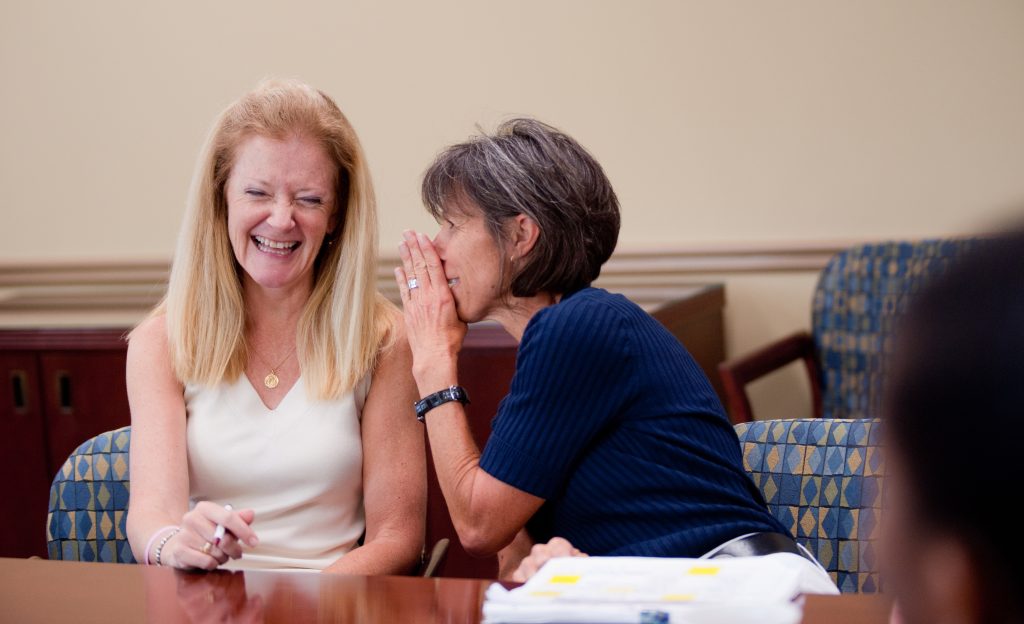
Understanding is interest, sympathy, and curiosity, the human element of the equation. Are you photographing who you are or what you want to be? While photojournalism will give you “real” photos, sometimes reality for recruiting will keep your institution on the same path rather than where you would like to be.
Getting “Real Photos” is what I call “sitcom” photography works best. Of course, we all know the sitcom isn’t real, but it can create such a reality we are all tuning in to see “Who shot JR?”
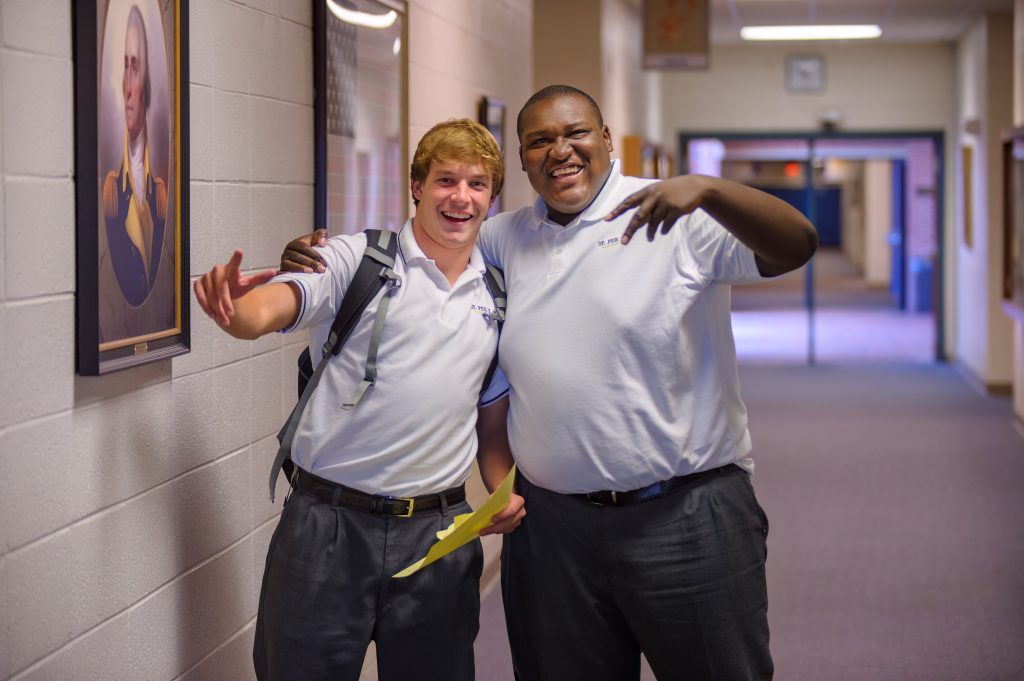
Natural-looking photos are the type of photography where the school has determined where they want to go and then creates communications pieces to help them attain the goal. For example, if you want to be more diverse in the future, you will need to show diversity. If you keep it real, you will research those situations where diversity exists. Then you would photograph those situations and play them prominently in your piece.
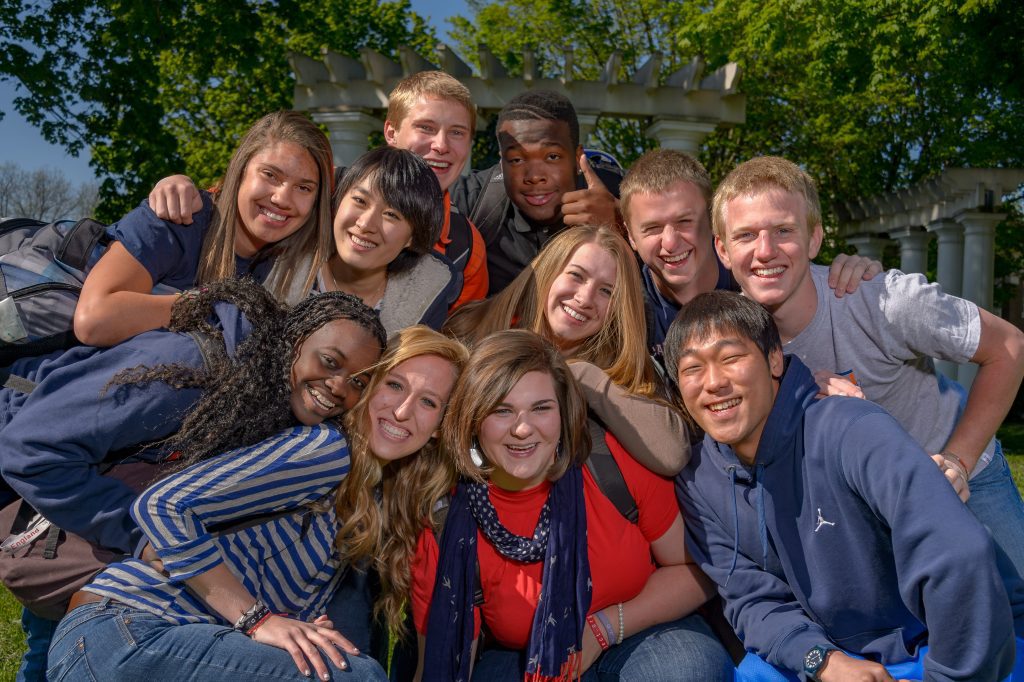
As one person said, “You don’t want to be the lone raisin in a bowl of milk.” If everyone works at diversity inclusion, it does happen over time.
As you can see, there are a few ways to communicate your message using photographs. Of course, the ideal scenario is to have “real” photos. If you had a photographer go to everything you did this year, you might get the reality you need.
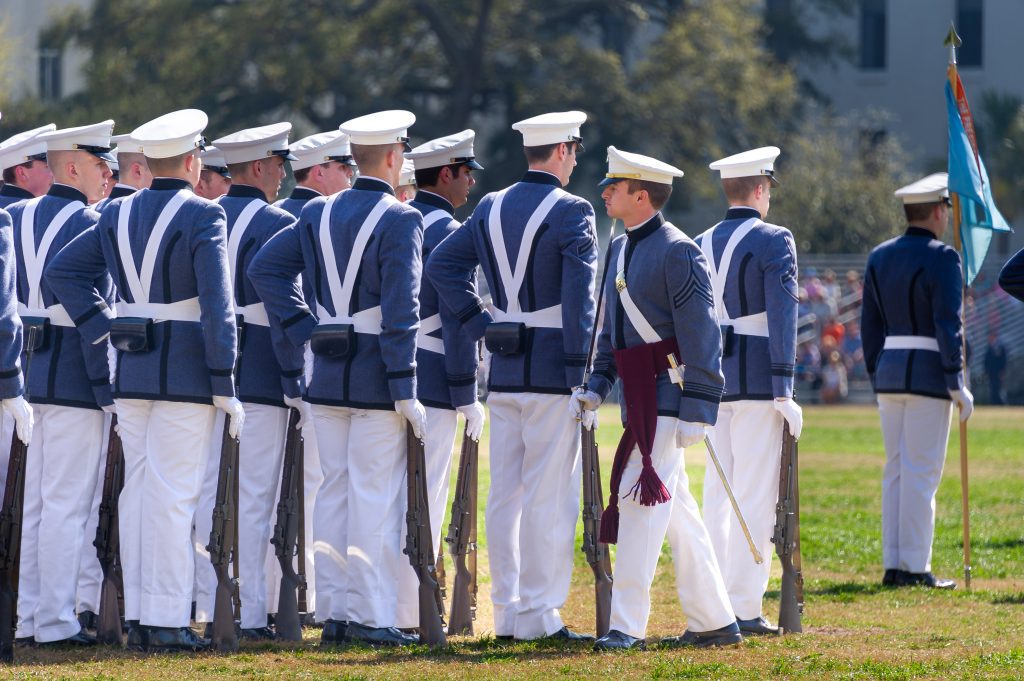
Sometimes “reality” isn’t what you want to show—the student wearing another competing school’s T-Shirt. A student with significant overweight or skin problems can detract from the message. Distractions are why so often we re-create reality like the sitcom. If properly planned, you will tune in and want to know more about your school. You may even want to include others like students in a wheelchair or who need walkers.
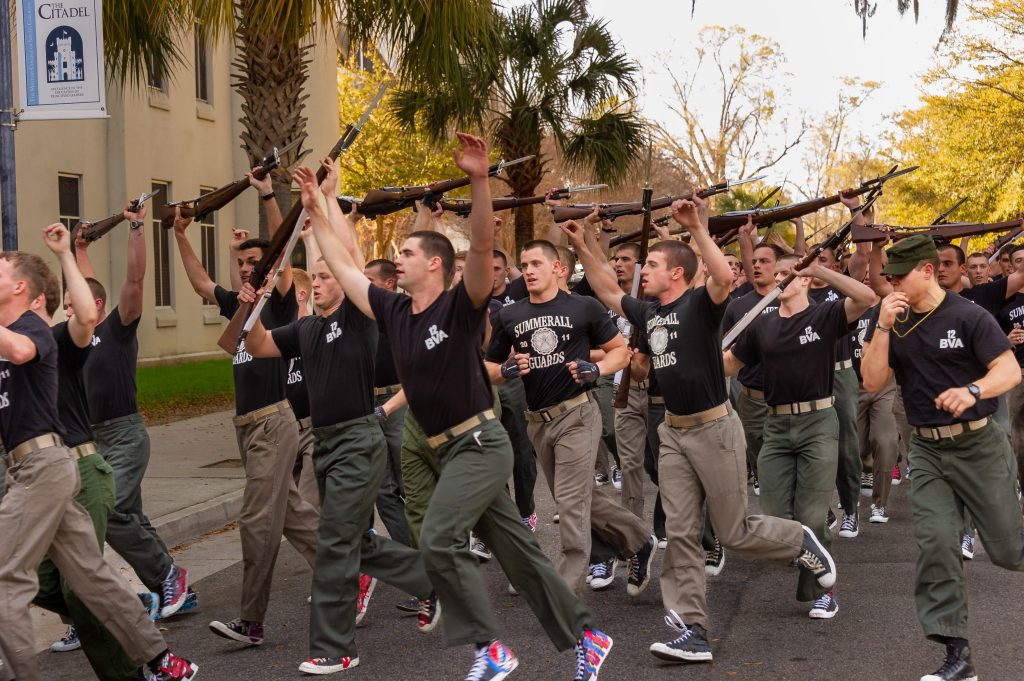
The making of photographs involves understanding light, mood, texture, form, and line. So give me a call, and let’s make your recruiting photos—REAL.

